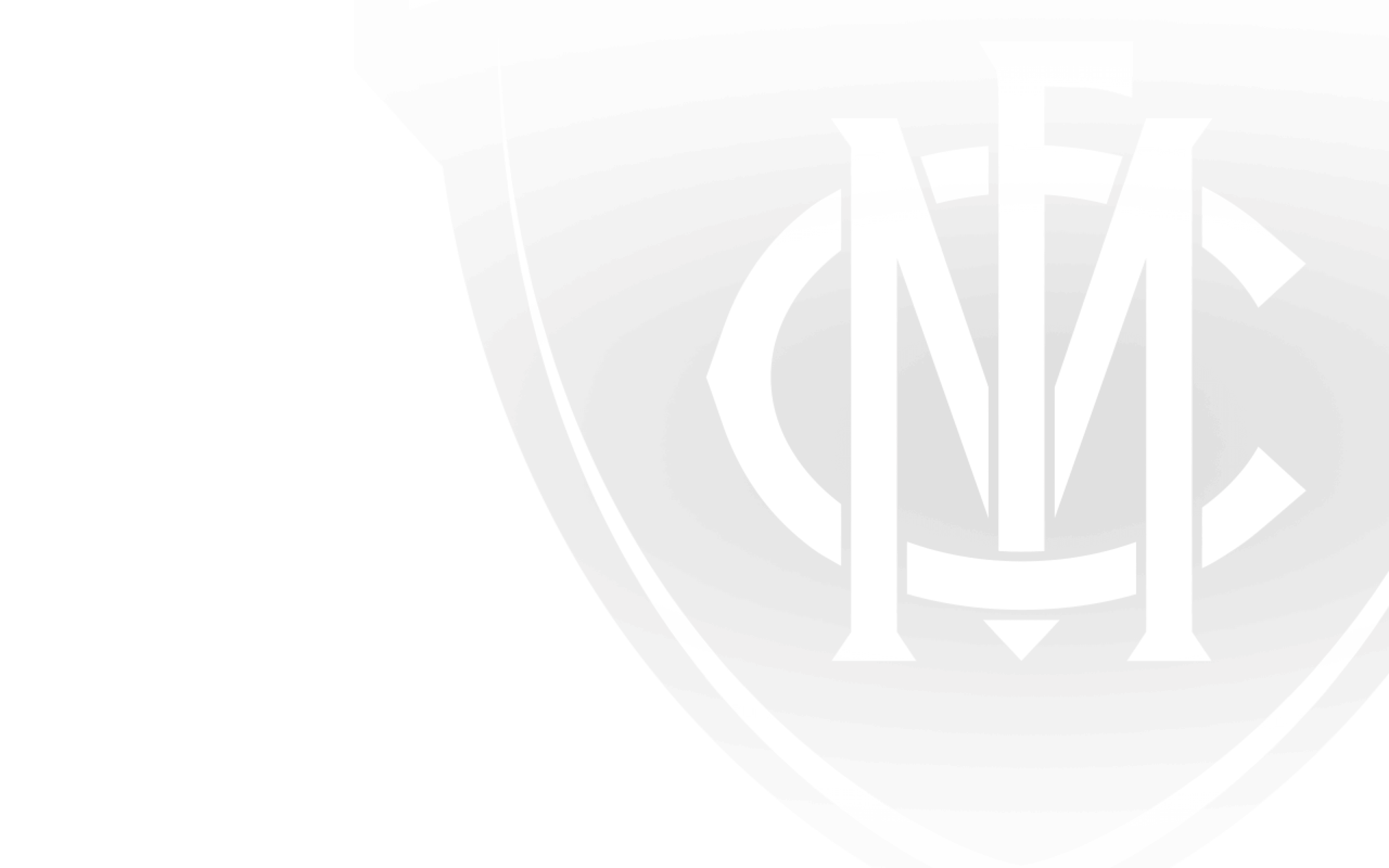Back in the pioneering days of 1875, there were just 80 members.
However, three years later, that had exploded to 200, although it should be noted that this included ‘playing members’. They had to pay ten shillings for their membership - double that of non-playing members.
Numbers steadily increased as the competition grew into the VFL, but with impact of war, were sitting at 397 in 1921. With welcome success in this decade, culminating in the 1926 flag, the membership numbers reached a peak of 1822 in the same season.
The Great Depression took its toll from very early in the 1930s, with a report stating in 1931 that ‘Owing to the existing depression and unemployment the sale of Season Tickets showed some falling off as compared with last season. 1971 tickets were disposed of in 1930, while in 1931 Season the number sold was 1465’.
The challenge of these times continued throughout the decade, with the challenge put out in 1936 for supporters to commit to the side.
As was written in the 1936 Annual Report, ‘Last year’s membership was 1775. Will you endeavour to at least make it 2000 for 1937?’
This, sadly, did not happen, and at the end of 1939, a ‘Special Appeal to Members’ was made.
It read: ‘If the club is worthy of your membership, it is also worthy of your co-operation and help. The Committee, therefore, trust the following special appeal will not pass unheeded, especially so in the present days of keen competition between League Clubs: more members are wanted. The roll totals only 1863 adult members and 53 juniors. Far too small, considering the splendid performances of your team during recent years. Help build up the membership; introduce at least one new member, certainly not a very hard task to accomplish, and the Committee’s ambition will be realised … Make Season 1940 a still better one than 1939.’
While the appeal did not take immediate effect during wartime, and while growth was slow post-war, membership numbers did increase steadily. They took a hit with the construction of the new Olympic Stand cutting out reserved seating, seeing numbers settling at 2444 in 1954 - much less than the anticipated 3500.
This barrier was overcome in 1961, and this denoted a new era of depth, with ‘3597 senior tickets and 1014 junior tickets’ being sold. This was noted as being ‘disappointingly small’, pinpointing just how far expectations - and membership numbers - had come.
The lean on-field era of the 1970s and early 1980s did see some growth; however, in 1984, the side had the fourth lowest membership in the VFL, at 6116, and the cry that ‘Melbourne barrackers are not prepared to commit themselves as members.’
Massive improvement in on-field form, and finals appearances, led to a correspondingly huge jump in numbers between 1987 and 1988 - from 3122 to 10078 - and from that time onwards, numbers hovered between the high 8000s and the mid-10000 mark.
The crisis of the merger debate with Hawthorn pushed membership to just below 13000 in 1996, and the 20000 barrier was breached for the first time in 2001, with 22940 signifying the appeal of a Grand Final appearance in 2000.
From there, the escalation has been steady, with the 30000 milestone being reached in 2008. Now, seemingly light years from those 80 members of 1875, the landmark of 40000 members beckons, its very possibility a tribute to the involvement of all over the Club’s century and a half of existence.


